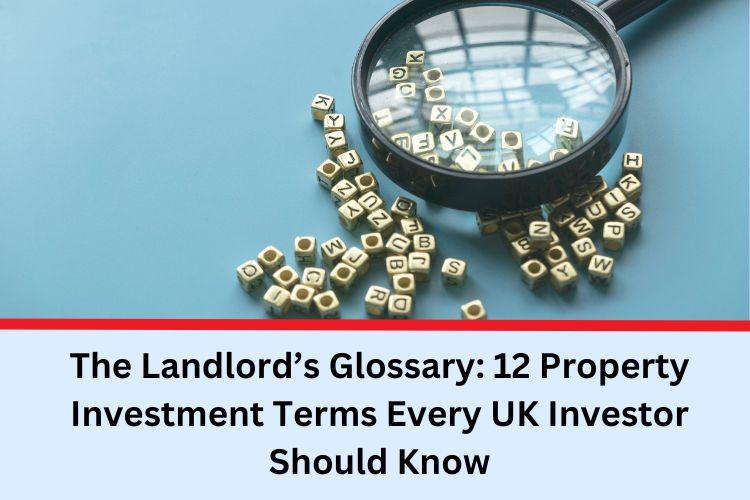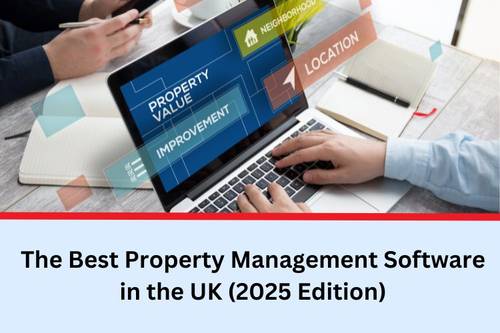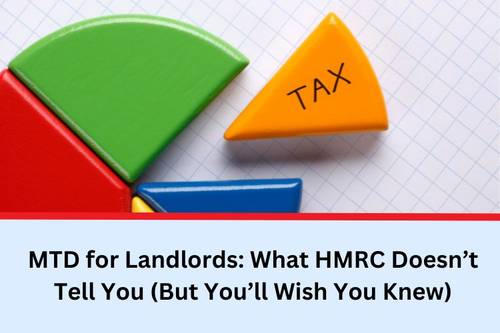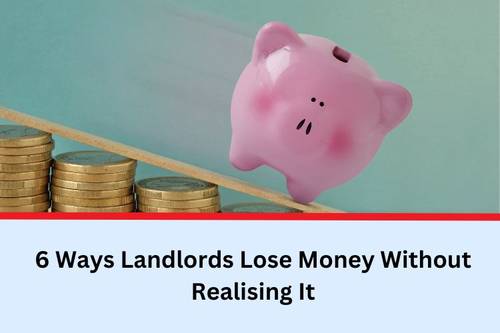Whether you’re just starting out in property or you’ve been managing rentals for years, the world of UK property investment is full of acronyms and jargon. From BMV to BRR to R2SA, it can start to sound like a secret code.
So in this guide, taken from a straight-talking episode of The Business of Property Podcast we’re breaking down some of the most common (and most misunderstood) terms. No fluff. Just clear definitions, real-world context, and tips for how they actually apply to landlords and investors like you.
Buy to Sell (aka “Flipping”)
Let’s start simple. This is the strategy of buying a property, improving it (usually through refurbishment), and selling it on for a profit.
It’s usually fast-paced and can be rewarding but also risky if costs spiral or the market shifts.
Flipping works best when you’ve got a strong team in place and know your numbers inside out. There are lots of online calculators that can help you plan out all the associated costs and to get yield figures on the back of it. If you’re interested in flipping, PaTMa deal finder has a built in calculator that allows you to work out all the associated costs with a refurb and the potential yield and financing costs.
Rent to Rent (R2R)
This is where you rent a property from a landlord, then rent it out again, often room-by-room or as serviced accommodation.
You're not buying the property, but operating it under a legal agreement. It's essentially a form of subletting, but structured and agreed properly.
Sub-strategies include:
- R2HMO: Rent to Rent → House in Multiple Occupation
- R2SA: Rent to Rent → Serviced Accommodation
Always check that you’re dealing with the legal owner and have permission in writing. Some tenancy agreements prohibit subletting, so with this strategy it’s important to make sure that everything is agreed with the landlord and well documented.
Below Market Value (BMV)
BMV is one of those property buzzwords that gets overused, and often misunderstood.
It means buying a property for less than its actual, achievable market value. True BMV deals usually only happen when:
- A seller is highly motivated (e.g. divorce, probate, fast cash needs)
- You’re buying off-market and acting quickly
- The seller accepts a discount for convenience or speed
Buying a fixer-upper doesn’t automatically make it BMV that’s just market pricing reflecting the condition. For more information on finding good BMV deals check out this blog post.
Buy to Let (BTL)
This is the bread-and-butter property strategy: buying a property and renting it out to tenants.
There are two core types:
- Single Let / Vanilla BTL - One tenant or household rents the whole property
- HMO (House in Multiple Occupation) - Multiple tenants from different households rent rooms individually
“Vanilla” BTLs tend to be simpler and lower maintenance. HMOs can generate more income but require more management (and often a licence). Both strategies come with compliance requirements, but there are more of these around HMOs. It’s useful to use a software system like PaTMa Property Manager to manage buy to lets to help you stay on top of compliance, rent and property related information.
Article 4 and HMO Planning Permission
Some councils have introduced Article 4 Directions, which remove automatic permitted development rights. This means you might need planning permission to turn a property into an HMO, even if it meets the usual criteria.
Check your local council’s policies before assuming you can convert a property.
Article 4 areas can reduce HMO supply, which can be good for investors who already own HMOs in that area, but a blocker if you're planning to create new ones.
Serviced Accommodation (SA) / Holiday Lets / Short-Term Lets
This strategy involves renting out a property by the night instead of by the month.
Think Airbnb or Booking.com. Guests stay for 1–30 nights, and landlords often charge a premium nightly rate compared to a monthly rent.
It’s popular in:
- Tourist-heavy areas
- Cities with short-term business visitors
- University towns with visiting parents or postgrads
Serviced accommodation has higher income potential, but also higher costs and more hands-on management (unless you automate or use a service provider).
Buy, Refurbish, Refinance (BRR)
BRR is a classic investment model:
- Buy a property (often in need of work)
- Refurbish it to add value
- Refinance it based on the new value, pulling out some (or all) of your cash
The aim is to recycle your capital into your next project. It’s smart, but works best when you’re accurate with costings and timings.
Sometimes also known as Buy, Refurbish, Rent, or even Buy, Refurbish, Refinance, Rent (BRRR).
Light Refurbishment
This usually means low cost, cosmetic updates. Think:
- Painting and decorating
- Replacing carpets
- Updating fixtures (maybe even kitchen doors, but not the units)
Often called “buff and fluff”, it’s about making a property look and feel fresh without major building work.
Back to Brick Refurbishment
The opposite of light refurb. This means stripping everything back, removing plaster, electrics, plumbing, and starting again.
It’s common in:
- Commercial to residential conversions
- Fire-damaged properties
- Very dated homes with poor layouts or old systems
This strategy has big reward potential, but big risks too. Make sure you know what you’re taking on.
No Money Down (NMD) / No Money Left In (NMLI)
The dream, right? Buy a property with:
- None of your own money (NMD)
- Or, buy and then refinance to get all your money back out (NMLI)
In reality, these deals do exist, but they’re rare, complex and often involve other people’s money (which has a cost).
No money down doesn’t mean no money is involved just that it might not be your own. But someone is always funding it.
Want to Hear the Full Conversation?
This post was inspired by Episode 13 of The Business of Property Podcast a relaxed glossary chat between hosts Simon and Stuart.
If you want to hear more real-world takes on these strategies (and a few good stories), tune in here:
Listen on Spotify
Listen on Apple Podcasts




